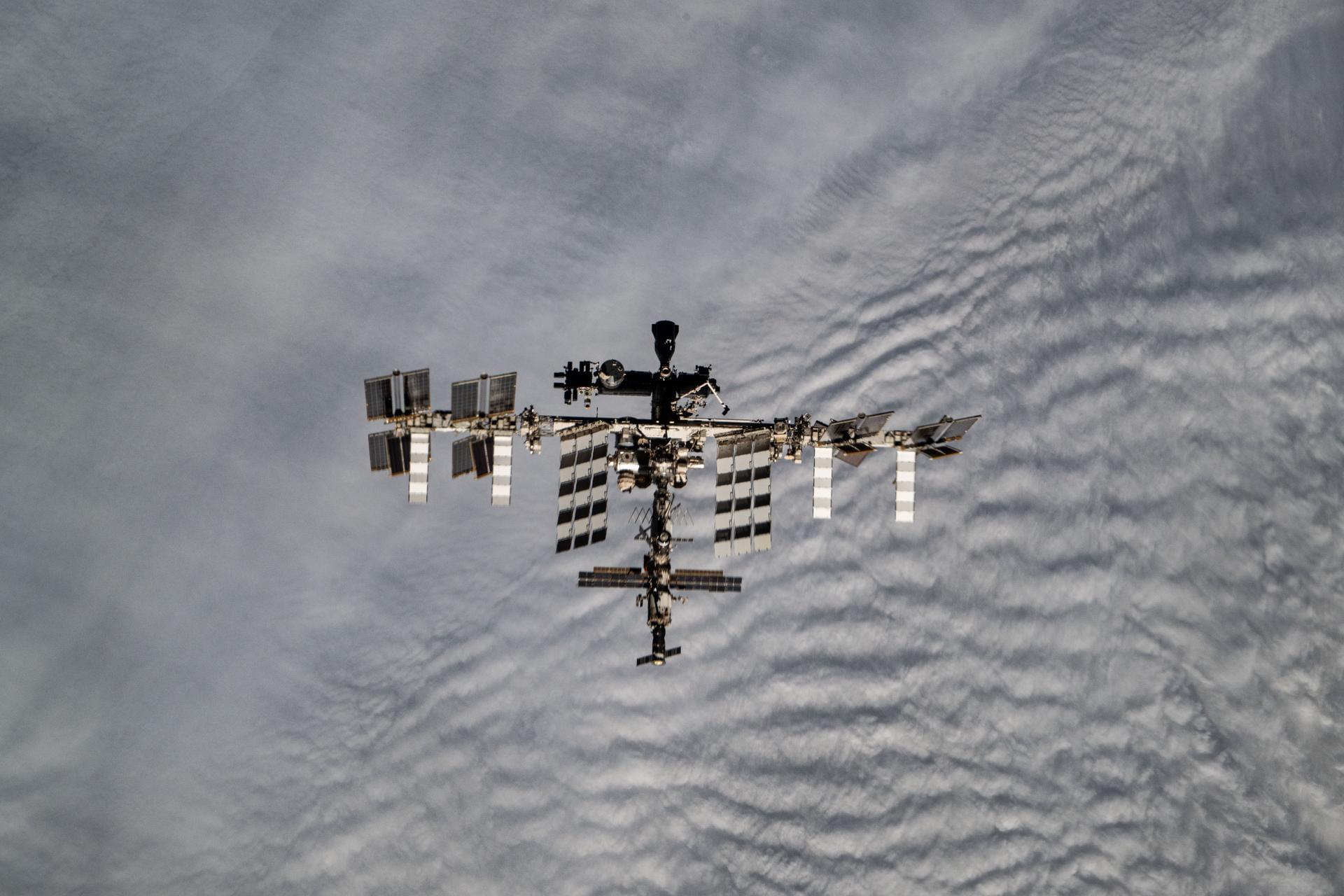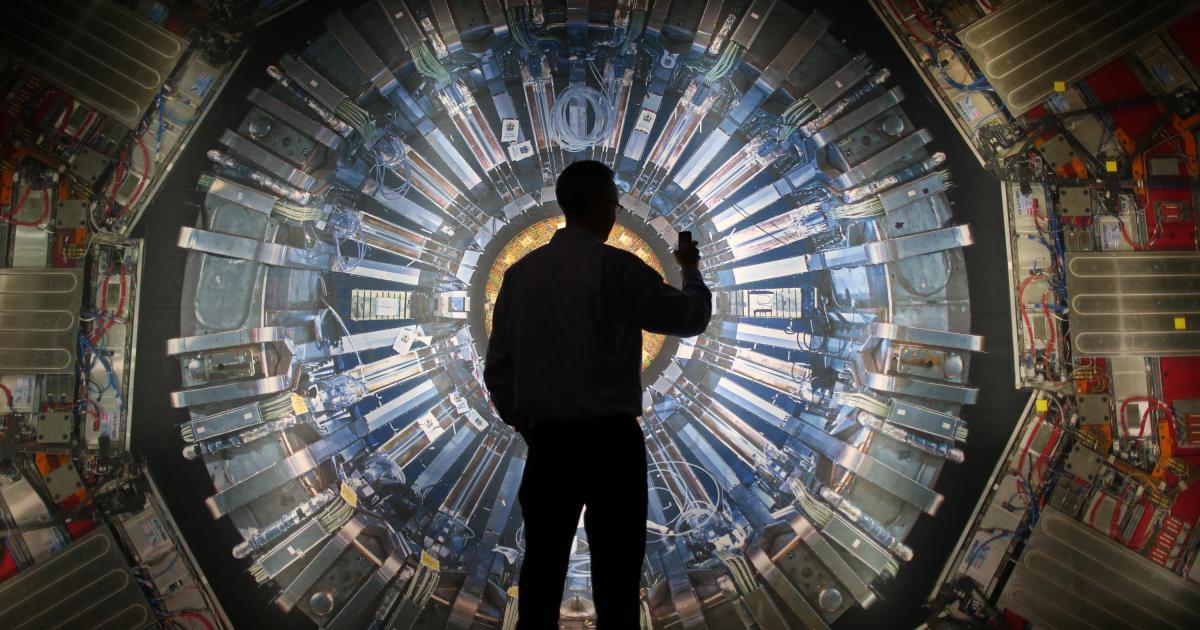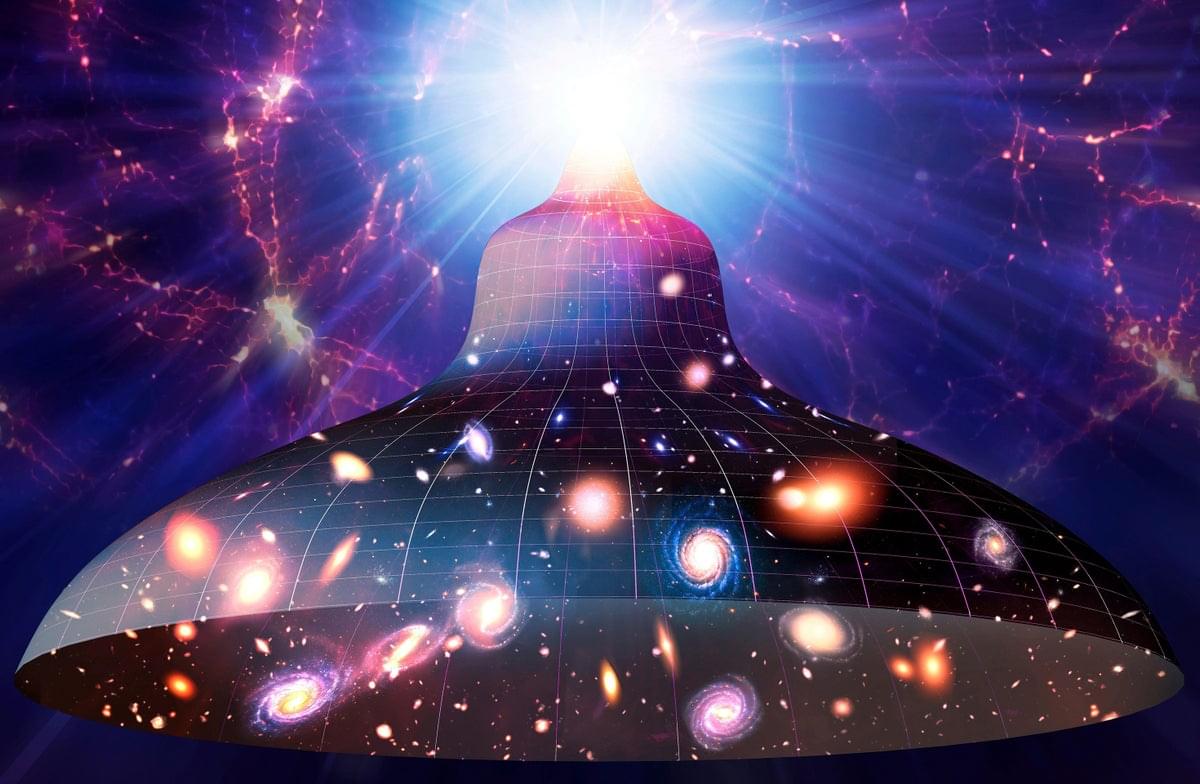How can current international laws help prevent future wars in outer space? This is what a recent study published in the Leiden Journal of International La | Space



Terraforming Mars has been the long-term dream of colonization enthusiasts for decades.


Scientists have discovered a new phylum of microbes in Earth’s Critical Zone, an area of deep soil that restores water quality. Ground water, which becomes drinking water, passes through where these microbes live, and they consume the remaining pollutants. The paper, “Diversification, niche adaptation and evolution of a candidate phylum thriving in the deep Critical Zone,” is published in the Proceedings of the National Academy of Sciences.
Leonardo da Vinci once said, “We know more about the movement of celestial bodies than about the soil underfoot.” James Tiedje, an expert in microbiology at Michigan State University, agrees with da Vinci. But he aims to change this through his work on the Critical Zone, part of the dynamic “living skin” of Earth.
“The Critical Zone extends from the tops of trees down through the soil to depths up to 700 feet,” Tiedje said. “This zone supports most life on the planet as it regulates essential processes like soil formation, water cycling and nutrient cycling, which are vital for food production, water quality and ecosystem health. Despite its importance, the deep Critical Zone is a new frontier because it’s a major part of Earth that is relatively unexplored.”

Amazon has upgraded its AI video model, Nova Reel, with the ability to generate videos up to two minutes in length.
Nova Reel, announced in December 2024, was Amazon’s first foray into the generative video space. It competes with models from OpenAI, Google, and others in what’s fast becoming a crowded market.
The latest Nova Reel, Nova Reel 1.1, can generate “multi-shot” videos with “consistent style” across shots, explained AWS developer advocate Elizabeth Fuentes in a blog post. Users can provide a prompt up to 4,000 characters long to generate up to a two-minute video composed of six-second shots.

NASA’s new space telescope, just opened its eyes to the universe and delivered its very first images from space. Though not yet fully calibrated, the images already showcase a sweeping view filled with stars and galaxies — over 100,000 sources in each frame.
SPHEREx detects invisible infrared light and splits it into 102 hues to reveal secrets about the origins of water, galaxy distances, and even the physics of the early universe. With all systems working and its ultra-chilled detectors focused and functional, the mission promises to revolutionize cosmic surveys by mapping the entire sky multiple times and complementing more focused telescopes like Hubble and Webb.

Modern science has done astounding things: sending probes to Pluto, discerning the nature of light, vaccinating the globe. Its power to plumb the world’s inner workings, many scientists and philosophers of science would say, hinges on its exacting attention to empirical evidence. The ethos guiding scientific inquiry might be formulated so: “Credit must be given to theories only if what they affirm agrees with the observed facts.”
Featured Videos.
Those are the words of the Greek philosopher Aristotle, writing in the fourth century BCE. Why, then, was it only during the Scientific Revolution of the 17th century, two thousand years later, that science came into its own? Why wasn’t it Aristotle who invented modern science?
What happened in the first few moments of our Universe’s existence? Today, scientists armed with giant telescopes and powerful particle accelerators, are probing the outer reaches of matter and the cosmos.
Guido’s book \.

A long-simmering disagreement over the universe’s present-day expansion rate shows no signs of resolution, leaving experts increasing ly vexed.
By Anil Ananthaswamy edited by Lee Billings
Over the past decade, two very different ways of calculating the rate at which the universe is expanding have come to be at odds, a disagreement dubbed the Hubble tension, after 20th-century astronomer Edwin Hubble. Experts have speculated that this dispute might be temporary, stemming from subtle shortcomings in observations or analyses that will eventually be corrected rather than from some flawed understanding of the physics of the cosmos. Now, however, a new study that relies on an independent measure of the properties of galaxies has strengthened the case for the tension. Quite possibly, it’s here to stay.